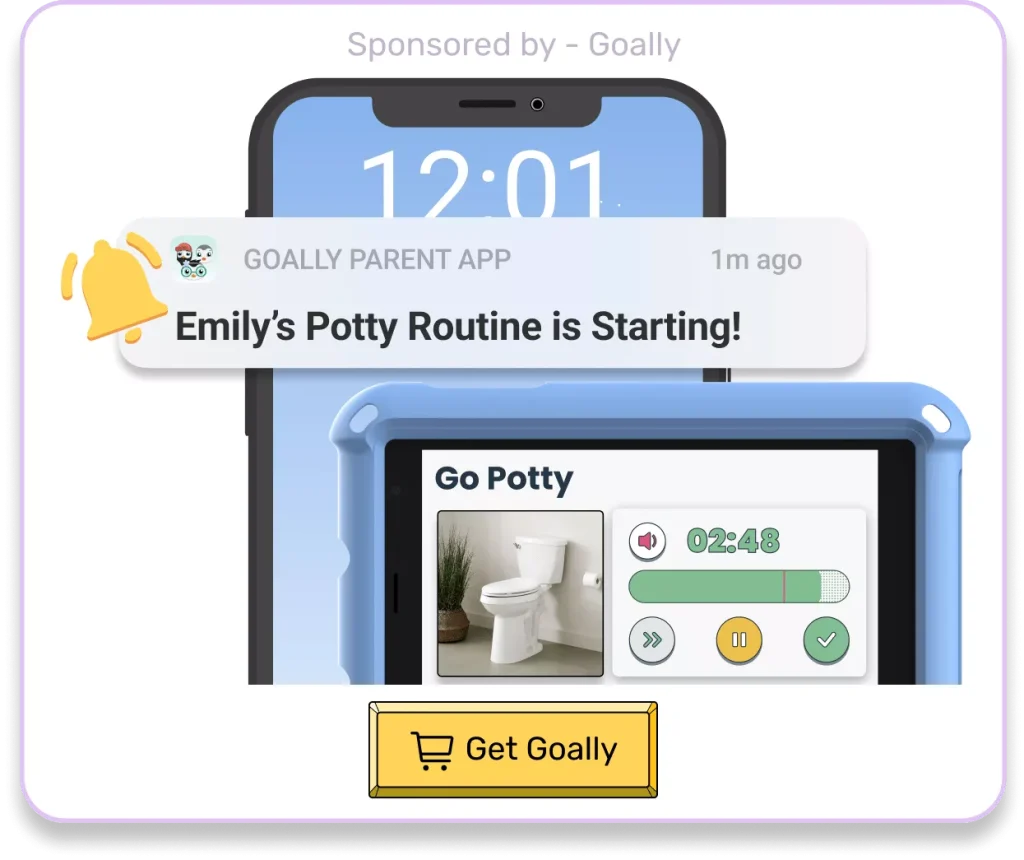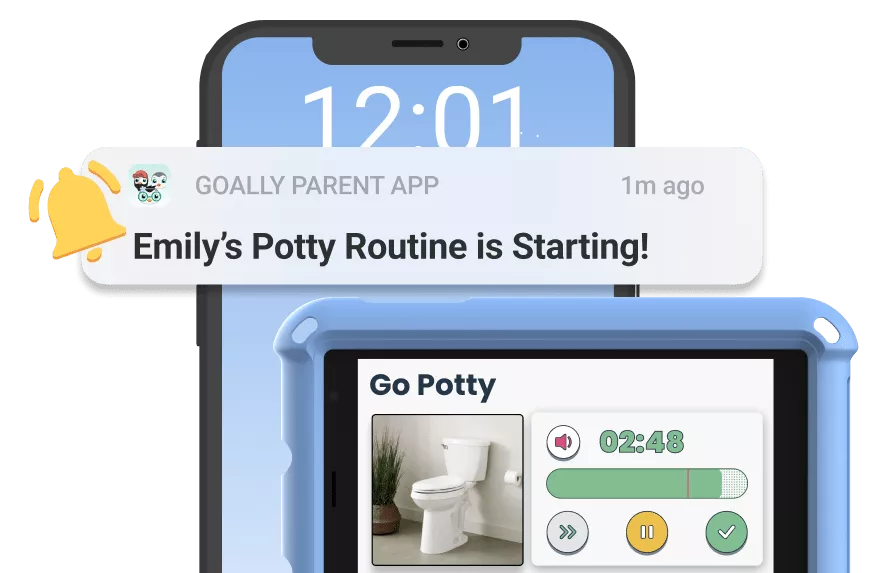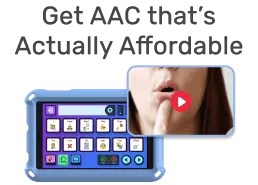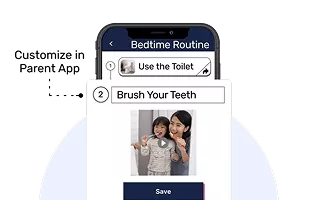A visual schedule planner autism app can transform daily routines by providing structure and predictability for neurodivergent kids. These tools support executive functioning, build independence, and create a sense of calm in your child’s day-to-day life. Children can easily organize daily activities with pictures and prompts, helping them to navigate tasks and transitions.
- Helps kids stay on task with clear visual cues.
- Reduces stress by creating predictable routines.
- Builds skills like time management and task initiation.
Table of Contents
What is a Visual Schedule Planner?
A visual schedule planner is a tool that organizes daily tasks into a sequence of steps using visuals such as icons, photos, or illustrations. These planners are designed to help neurodivergent kids understand and complete activities independently.
Unlike traditional to-do lists, visual planners are intuitive for kids, providing a straightforward and engaging way to manage routines. These tools can be used for everything from morning checklists to bedtime routines.
Why Visual Schedules Matter for Neurodivergent Kids
Executive functioning skills, like planning and time management, can be challenging for kids with autism. Visual schedules break down these skills into manageable parts, helping kids understand the “what,” “when,” and “how” of their day.
For example, instead of relying on verbal reminders, a child can follow a visual prompt to complete tasks like getting dressed, brushing teeth, or packing a backpack. This builds independence while reducing the stress of constant guidance.

Read more: How to Improve Executive Function
Key Benefits of a Visual Schedule Planner Autism App Free
1. Creates Predictable Routines
Consistency is essential for kids with autism. Visual schedule planners make routines predictable by clearly outlining what’s coming next. This helps reduce anxiety and prepares kids for transitions between tasks.
For instance, a morning routine might include steps like “wake up,” “brush teeth,” and “eat breakfast,” all illustrated with simple, recognizable icons.
2. Builds Independence
With a visual schedule, kids can manage their tasks without needing constant reminders. This boosts their confidence and helps them feel more in control of their day.
Parents often notice fewer meltdowns and smoother transitions when kids use visual planners, as they feel empowered to follow their schedules independently.
3. Enhances Executive Functioning
Skills like prioritizing, planning, and self-regulation are integral to executive functioning. Visual planners encourage kids to practice these skills by following step-by-step instructions for each task.
this practice helps kids build habits supporting academic and personal growth over time.
4. Reduces Overwhelm
Big tasks can feel overwhelming for neurodivergent kids, but breaking them into smaller, manageable steps makes them more achievable. Visual planners simplify complex activities by guiding kids one step at a time.
For example, “Clean your room” becomes “Pick up toys,” “Put clothes in the hamper,” and “Make the bed,” reducing the stress of tackling everything at once.
Choosing the Best Visual Schedule Planner Autism App Free
Not all apps are created equal, so choosing one that fits your child’s unique needs is essential. Look for features like customizable visuals, timers, and progress tracking to enhance usability.
Apps like Goally offer tailored tools designed specifically for neurodivergent kids, making them an excellent option for families looking for reliable support.
Goally | Visual Scheduler for Autism
Does your child struggle with getting ready in the morning independently? Goally’s routine app on the best tablet for kids breaks down large tasks into small, achievable steps for autistic kids. Create custom routines with your own videos & pictures for every step.
How to Use a Visual Schedule Planner Effectively
- Start small: Begin with one routine, like bedtime, to avoid overwhelming your child.
- Customize visuals: Use images or icons that are familiar and engaging for your child.
- Stay consistent: Incorporate the schedule into daily life to build trust and familiarity.
- Celebrate progress: Acknowledge achievements to motivate your child and reinforce positive habits.
Why These Tools Work
Visual schedule planners work because they cater to the strengths of neurodivergent kids, offering clear, accessible guidance. By turning abstract concepts like time and organization into tangible visuals, these tools make routines manageable and stress-free.
Incorporating a visual schedule planner into your child’s day can help them develop independence, improve executive functioning, and enjoy a smoother daily routine.
Helpful Resources
FAQs About Visual Planner Autism App Free
What is a visual planner autism app? A visual schedule app is a digital tool that provides visual cues for planned activities or steps in a process, often used to help children, particularly those with neurodivergent conditions, understand and manage their daily routines.
How does a visual planner app benefit children with ADHD? A visual schedule app can help children with ADHD by providing clear, visual structure to their day, reducing anxiety and improving their ability to complete tasks and transitions.
Can visual planner apps be customized? Yes, most visual schedule apps allow for customization to fit the unique needs and routines of each child, including adding personal tasks, setting reminders, and using preferred images or symbols.
Are visual planner apps useful for children without ADHD? Absolutely. While these apps can be particularly helpful for neurodivergent children, they can also aid in teaching time management and responsibility to all children.
Can visual planner apps be used on all devices? While availability can vary, many visual schedule apps are designed to work across multiple platforms, including iOS and Android devices, and some even on desktops or laptops.
This post was originally published on 03/21/2023. It was updated on 12/19/2024.
Emily is a seasoned blog writer for Goally, leveraging her extensive background in child psychology and special education to provide valuable insights and resources for parents. Her commitment to understanding and addressing the unique needs of these children, combined with her expertise in educational strategies, makes her a credible and empathetic voice for families.






